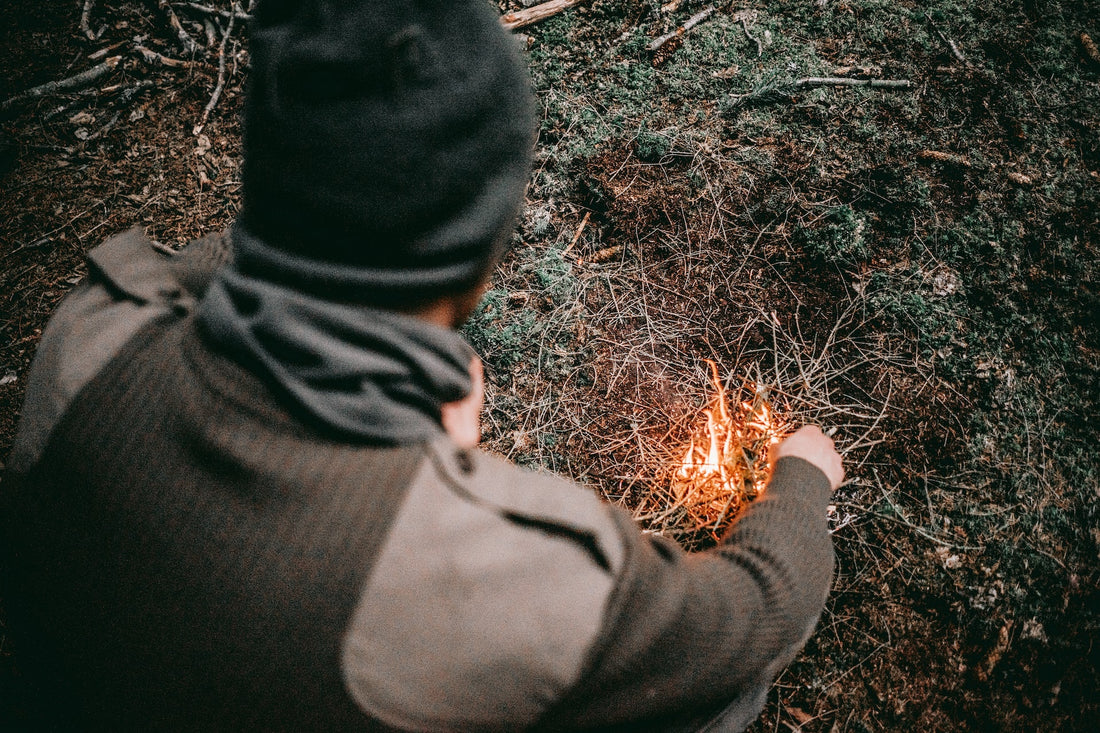Starting a fire in the wild can be a crucial skill for any bushcrafter or outdoors enthusiast. Whether you're trying to cook a meal, stay warm, or signal for help, a fire can provide essential warmth, light, and security. Here are five tips for starting a fire in the wild:
-
Gather natural tinder: Natural tinder is any material that is dry, fibrous, and easily combustible. Examples include dry grass, leaves, bark, and pine needles. Collect as much tinder as you can and keep it in a dry place until you're ready to use it.
-
Create a fire lay: A fire lay is the arrangement of fuel and tinder that will support and sustain your fire. There are several different fire lays to choose from, but a popular one is the teepee fire lay. To create a teepee fire lay, place a small bundle of tinder in the center of your fire pit, and stack kindling (smaller branches and twigs) around it in the shape of a teepee. Leave enough space between the kindling for oxygen to circulate and help the fire spread.
-
Use a fire starter: A fire starter is any tool or device that helps you ignite your tinder and kindling. There are many different fire starters to choose from, including ferro rods, fire pistons, and fire rods. KonvoySG's fire rod is a convenient and reliable option that can help you start a fire even in wet or windy conditions. Simply scrape the rod with a knife or other sharp object to create sparks, and aim them at your tinder to start a flame.
-
Protect your fire from the wind: Wind can be a major obstacle when starting a fire, as it can blow away your tinder or extinguish your flame. To protect your fire from the wind, create a windbreak by placing a large log or rock on one side of your fire pit. This will block the wind and help keep your fire burning.
-
Keep your fire small: It's tempting to stack a lot of wood on your fire right away, but this can actually make it harder to start and maintain. A small, contained fire is easier to control and requires less oxygen to burn. As your fire grows, gradually add more fuel to it, but don't overwhelm it.
By following these tips, you'll be well on your way to starting a successful fire in the wild.

